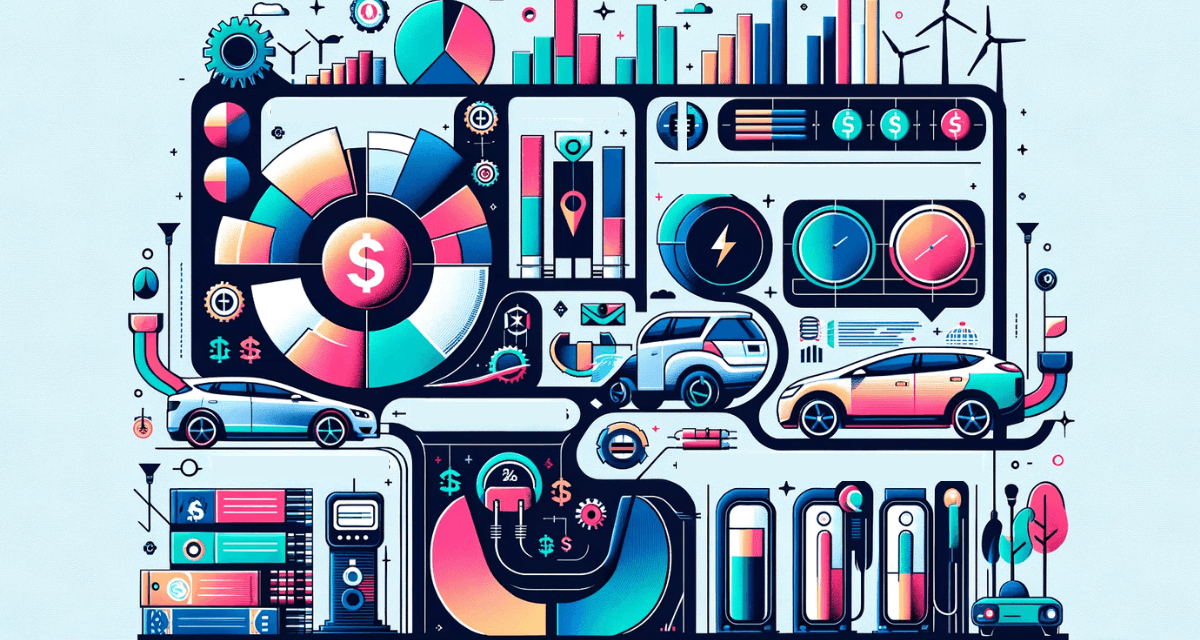

The upcoming budget session is expected to address the FICCI's proposal sent to the Ministry of Heavy Industries (GoI), which has urged the continuation of the FAME Scheme (Faster Adoption and Manufacturing of Hybrid and Electric Vehicles), for the upcoming 5 years as the current FAME II Scheme is scheduled till March 2024. India has a current EV penetration of about 5% and the programme aims to boost manufacturing of electric vehicles in India.
The Indian Government’s FAME 2 scheme initially allocated Rs 10,000 crore for a period of 3 years. With a focus on the EV industry, the scheme targeted the adoption and manufacturing of electric and hybrid vehicles. FAME II has specialised funds for electric two-wheelers, electric three-wheelers, electric cars and electric buses (e-buses), with a demand incentive component. The goal is to support the production of 1 million (10 lakh) electric two-wheelers and enhance charging infrastructure, aiming for increased EV penetration by 2030. The scheme aligns with the broader transformation of the public transport system, addressing environmental concerns. The Union Ministry of Heavy Industries considers domestic value addition, and stakeholders collaborate to finalize scheme details. While the FAME I scheme started around 2013-14 officially, the fund allocation was significantly ramped up in the next phase. Latest development includes, Rs 15,000 subsidy per kWh of battery for two wheelers.
The Indian Government is expected to announce the extension of the FAME II scheme till FY-25. This move will ensure the government support and continuation of subsidy for the electric vehicles in the upcoming years, till the next phase of the FAME Scheme will be formulated, with the help of the feedback from FAME I and II. The industry experts are anticipating a well defined roadmap, to thoroughly plan the investor confidence. The Investments and Job Creation ensure the benefits of the scheme beyond just the environmental lens. Apart from this an alleged allotment of INR 12,000 crore plus a fund worth ₹ 50,000 crore, to promote the use and manufacturing of electric vehicles over the conventional ones over the next seven years.
Starting with the replacement of diesel buses with electric buses for state transport undertakings. The Ministry of Heavy Industries is considering addressing environmental concerns but also contributing to building the incentive programme to transform the public transport system. The electrification of public and shared sectors in India will be monitored by the government bodies, as a 2023 report found the non-compliance with PMP (Phased Manufacturing Programme) norms.
The policy makers are considering the views of different stakeholders to finalise the details of the FAME India Scheme. The Centre is expected to introduce the newer version of production-linked incentives under the FAME III, with a focus on electric cars for the entry of car manufacturers such as Tesla in the Indian Market. The scheme would push the target of 5 lakh three wheelers and incentivize the consumption of electric vehicles in the country.
In a gist, the following are the expectations from the new version of FAME Scheme.
Anticipation for FAME III Insights:
There is eagerness for insights on the much-anticipated FAME III scheme.
Stakeholders look forward to a well-defined roadmap to provide clarity for manufacturers.
Roadmap for Strategic Planning:
A well-defined roadmap is expected to enable strategic planning for manufacturers.
This strategic planning is crucial for fostering investor confidence in the electric vehicle (EV) sector.
Seamless Transition from FAME II to FAME III:
Stakeholders emphasize the importance of a seamless transition from FAME II to FAME III.
This transition is seen as essential for the progressive trajectory of the EV industry.
Comprehensive Vision for Electric Mobility:
Expectations include the budget providing a comprehensive vision for the future of electric mobility.
The need for faster adoption and promotion of EVs as a sustainable alternative is highlighted.
Ongoing Assistance through Incentives:
The EV industry expects ongoing assistance through demand-side incentives.
This includes tax deductions for individuals purchasing electric vehicles and an extension of FAME-II subsidies.
Focus on Charging Infrastructure:
There is a crucial need to establish a robust EV charging infrastructure, particularly in Tier II and Tier III cities.
Infrastructure development is seen as vital for the growth of the EV sector.
Government Support for the EV Ecosystem:
Continued government support through favorable policies, subsidies, and infrastructure development is deemed essential.
Past initiatives like the production-linked incentives (PLI) scheme have positively impacted the industry.
Expectations for Budget Initiatives:
Expectations include initiatives that boost manufacturing and infrastructure development for the EV sector.
The budget is seen as a blueprint for future strategies and alignments for companies in various industries.
Insurance Sector Expectations:
In the insurance sector, there is a demand for separate tax exemptions and revised GST rates.
More inclusive policies covering a wider range of insurance products are sought.
Opportunities for Leasing Companies:
The budget could catalyze transformative change in the EV industry.
Opportunities for leasing companies are expected to rise, with potential demand for innovative financing solutions for EVs.
The FAME scheme has been revolutionary since its inception. It is important to consider the changing trends in the industry and also focus on the common consumers as well. An increase in electric cars on the road will require updated charging infrastructure, readily available. The target for 30% EV penetration in the private car sector implies a goal of more than 1.5 million four-wheelers each year is an ambitious one. For more details about what the Interim Budget brings for the car owners, follow the Park+ website.